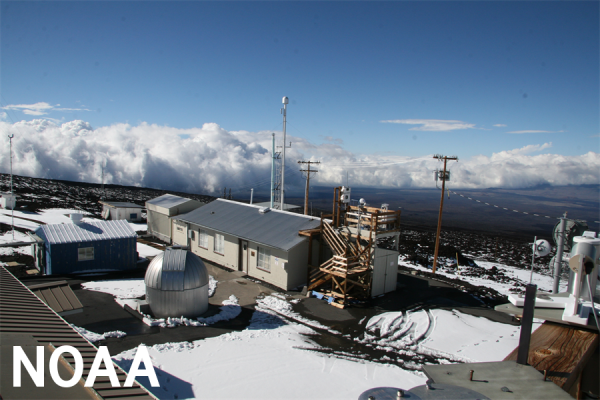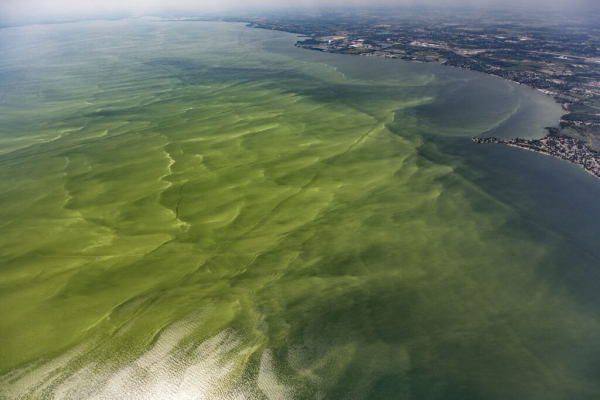

Reducing levels of the nutrient phosphorus to control harmful algae blooms in places like Lake Erie is actually advantageous to toxic Cyanobacteria. This could lead to an increase in the toxic chemicals already in Lake Erie.
Researchers from Technische University in Berlin detail their findings in a paper published online on May 26 in the journal Science. 2 scientists from the University of Michigan are the co-authors.
“The big advance here was to integrate our understanding of the microbiology of the blooms into predictive models,” said UM environmental microbiologist and study co-author Gregory Dick. “The results suggest that biologically informed models are able to reproduce emergent properties of blooms that are not predicted by traditional models.”
Cyanobacteria which is also known as blue-green algae can produce toxic chemicals which could pollute lakes and kill all of the life in the waters. These toxins could also kill humans! Cyanobacteria rely on Phosphorus to grow.
Let’s make our earth a better place to live for our future generations to come. Let’s join hands and work together to make our planet a better place!
Author: Sri Nihal Tammana
Source: University of Michigan
PC: Photo by Aerial Associates Photography, Inc. (Zachary Haslick) via NOAA cc 2.0


© copyright 2022 by Recycle My Battery